Advanced electrical and mechanical engineering design and fabrication

Engineering the future of brain interfaces and neuromodulation
Our neuroengineering capabilities drive the development of technologies and devices that can access and directly interface with the human brain. The aim is to either record brain signals for improved communication or movement control through intelligent prostheses and/or modulate the brain’s activity via electrical, optical or biological means for therapy.
Our development efforts depend on close collaborations with clinical and academic leaders in the field of neuroscience and neurosurgery and take place within the strict ethical and regulatory frameworks in Switzerland, the EU and the US.
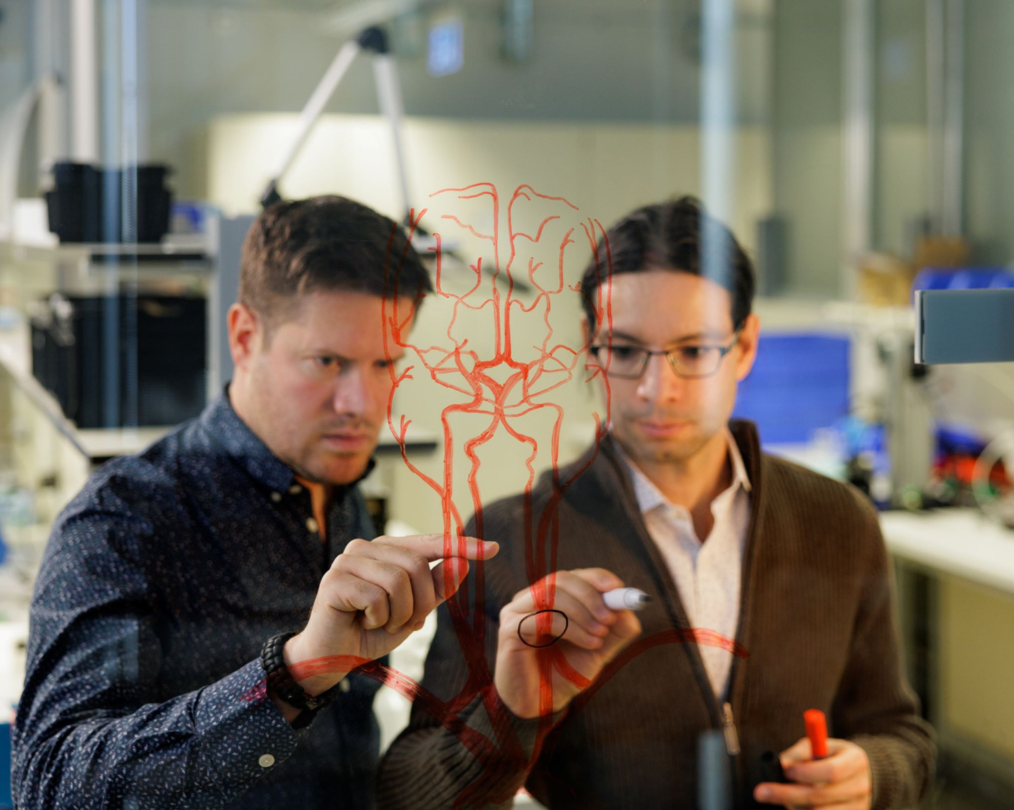
Innovative neurotechnology development
The Wyss Center’s development efforts begin at the idea generation stage and continue with prototype fabrication and on to product development and clinical validation. We develop innovative medical grade technologies that interface with the nervous system such as brain-machine interfaces, neuromonitoring and neurostimulation devices to understand, repair or replace nervous system function. Leading indications include epilepsy, Parkinson’s disease, ALS, spinal cord injury and stroke.
We develop innovative technologies that interface with the nervous system, guiding them from concept to commercialization. Our work includes feasibility studies, hardware and software prototyping, and rigorous validation through testing and optimization. We ensure quality assurance and regulatory compliance with EU and US standards while designing clinical trial protocols for first-in-human studies. Ultimately, we license our technologies to commercial entities to maximize their impact on society.
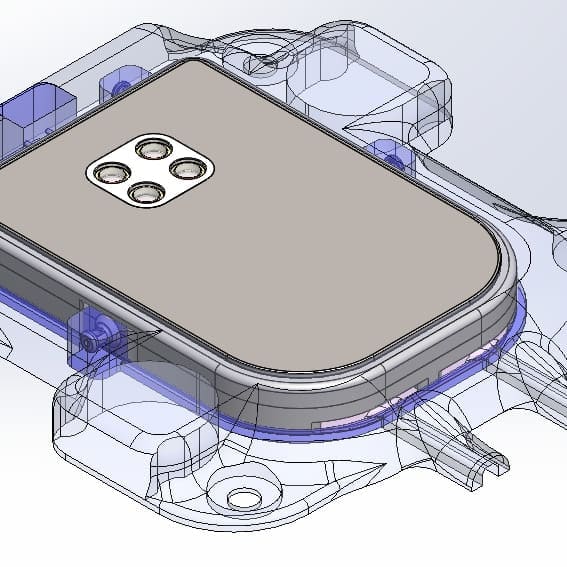
Electronic and mechanical computer-aided design as well as thermal and static mechanical simulation tools.
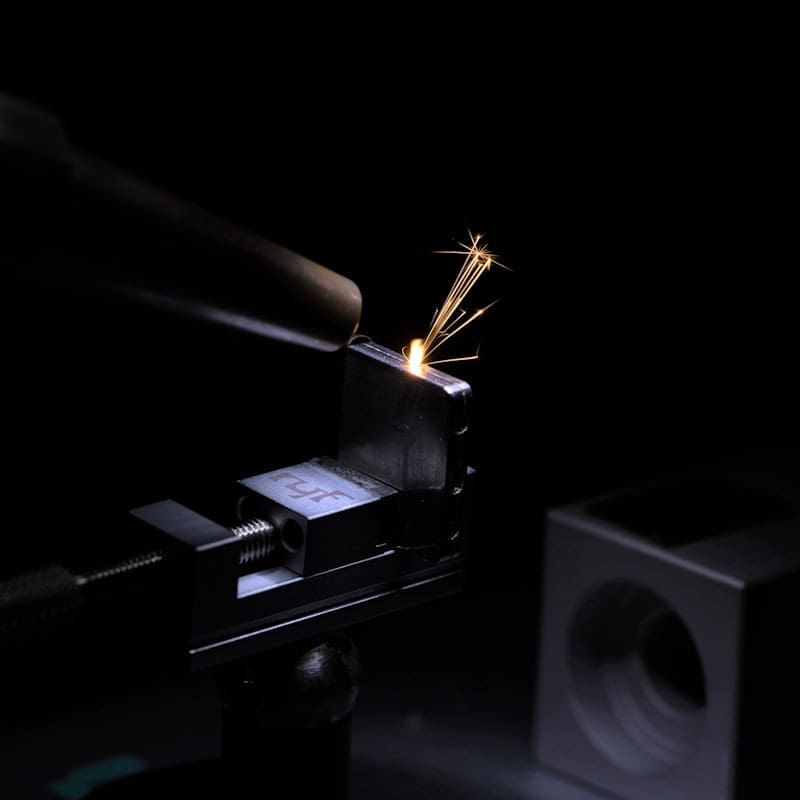
Micro-fabrication including laser welding for high precision prototype development, miniaturization, micro-assembly of mechanical parts, sealing of device housing and multi-material connections.
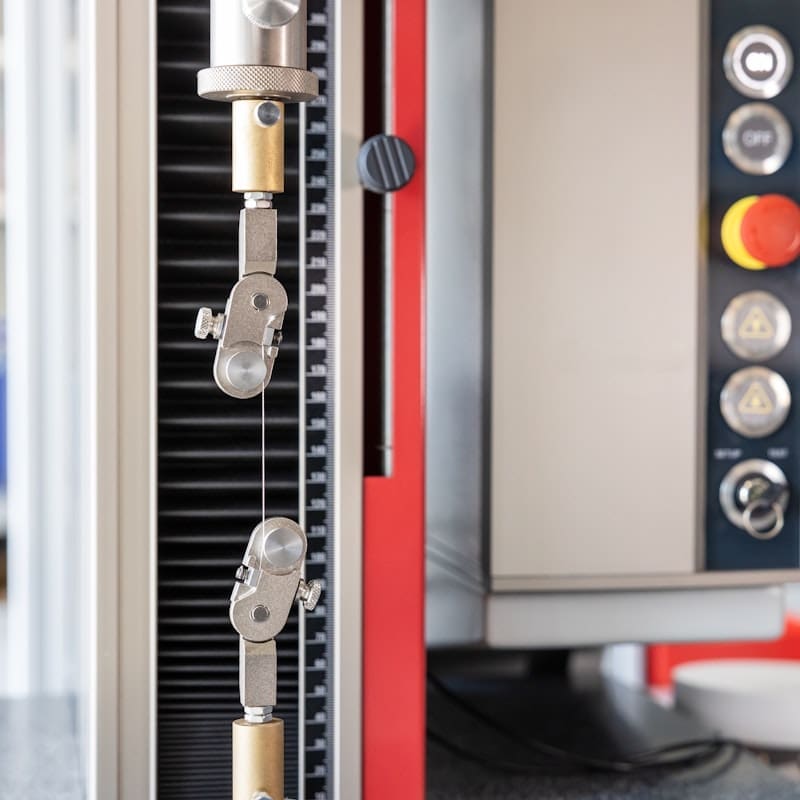
Mechanical testing such as tensile, compression and bending tests. Impact testing is also available and structural integrity examined with microscopy.

Micro-laser cutting for precise sectioning of materials. Laser ablation of one micron-thick layers of metal or glass is also available.
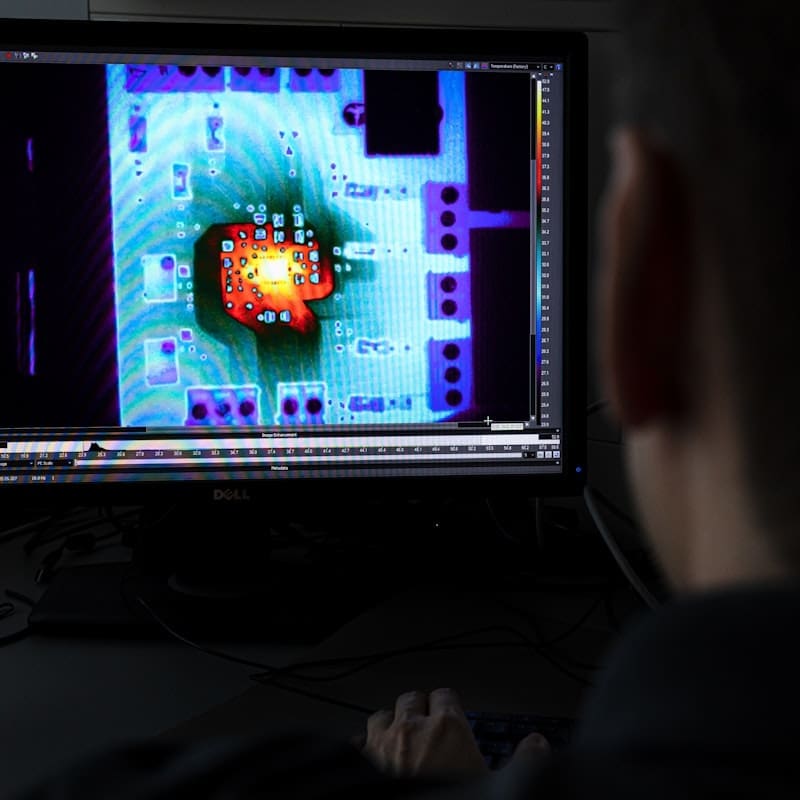
Thermal imaging for assessing temperature and energy dissipation characteristics under different conditions.
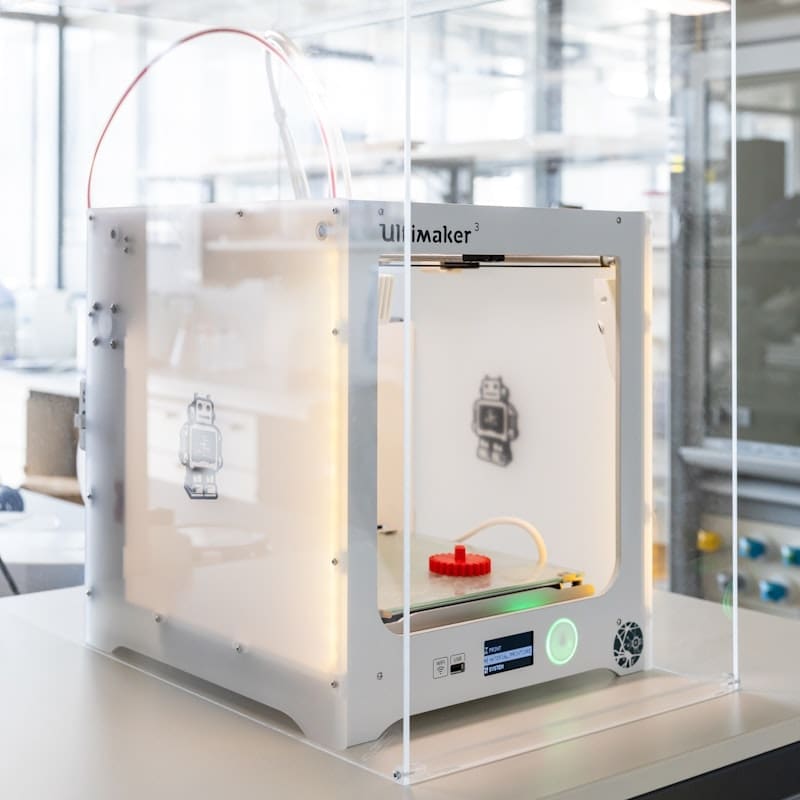
Rapid prototyping with 3D printing towards design and workflow optimization, to reduce the number of processing steps and system components.
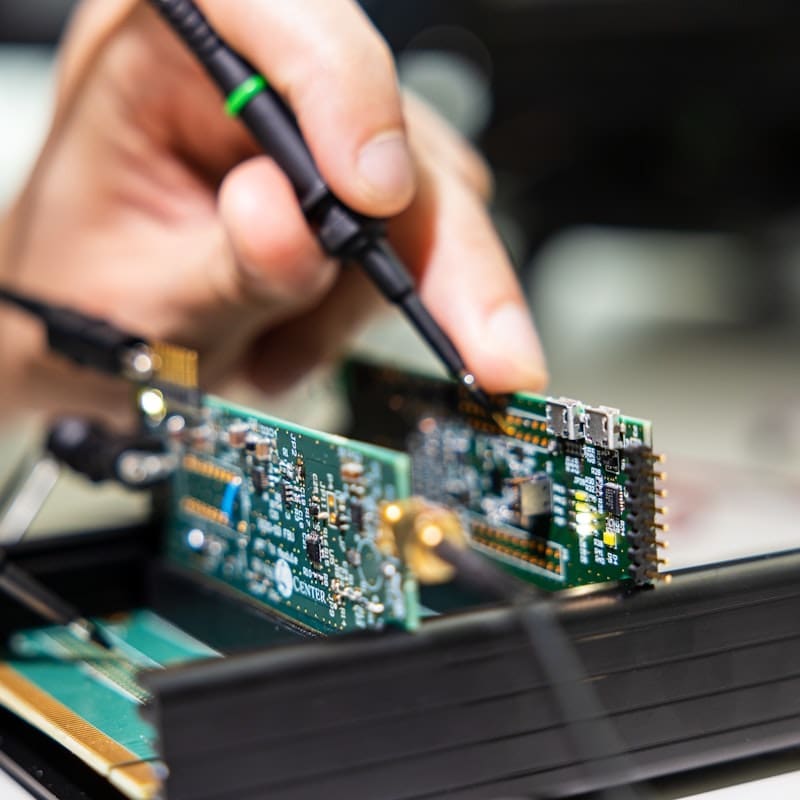
Medical electronics test bench equipped for the development and implementation of data processing devices for human clinical applications.

Prototyping of real-time wireless communication systems for data transfer from an implant to an external computer using radio frequency or optical signal transmission.
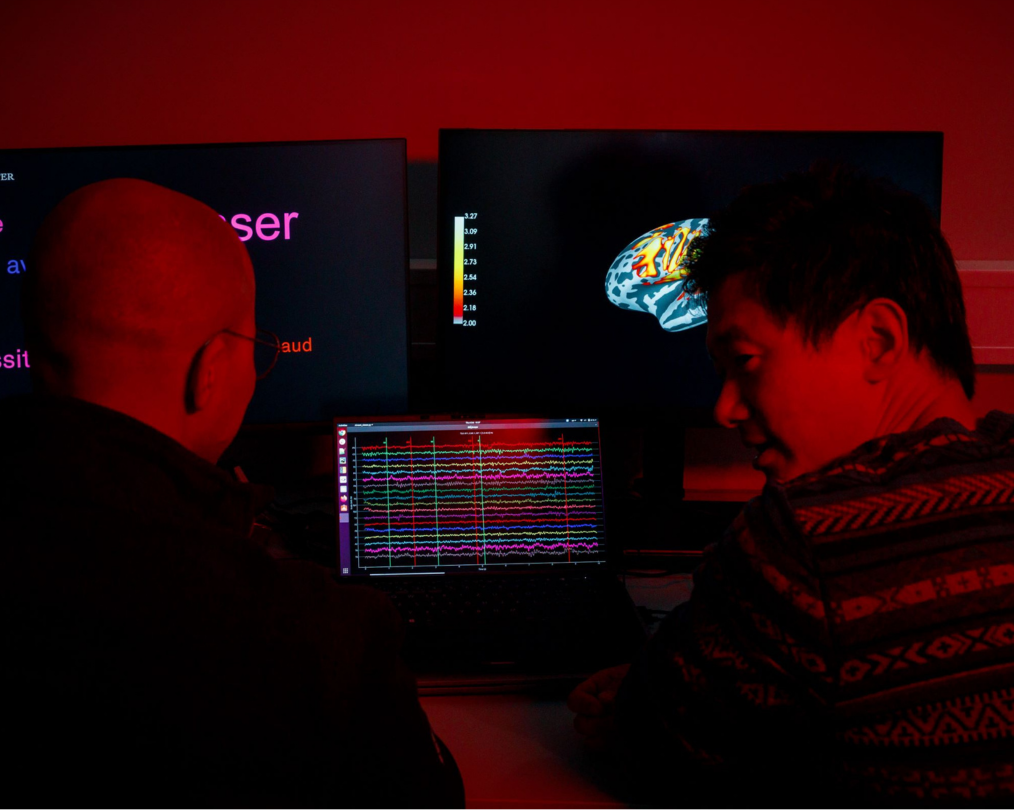
Data analysis and software development
Research and development within the multiple neuro modalities, including devices, biology and radiology, are increasingly generating larger and more complex datasets. Our team seeks to extract useful information about the brain in health and disease from these datasets, using statistical models, algorithms and machine learning. The goal is to uncover trends and patterns toward the development of earlier diagnoses and therapies with higher probability of positive clinical outcomes.
Large, integrated datasets from implantable and wearable monitoring devices, radiological imaging, transcriptomics, brain circuit mapping and other biological approaches, provide an unprecedented opportunity to uncover a wealth of insights and predictive patterns that can impact the fields of diagnostics, healthcare management and therapeutics. We develop advanced computational tools to analyze datasets, seamlessly integrating them into clinical workflows. Our work includes file harmonization, real-time and offline data processing for brain-computer interfaces, and long-term brain monitoring. We design novel algorithms for acute event management and ensure compliance for effective clinical deployment.